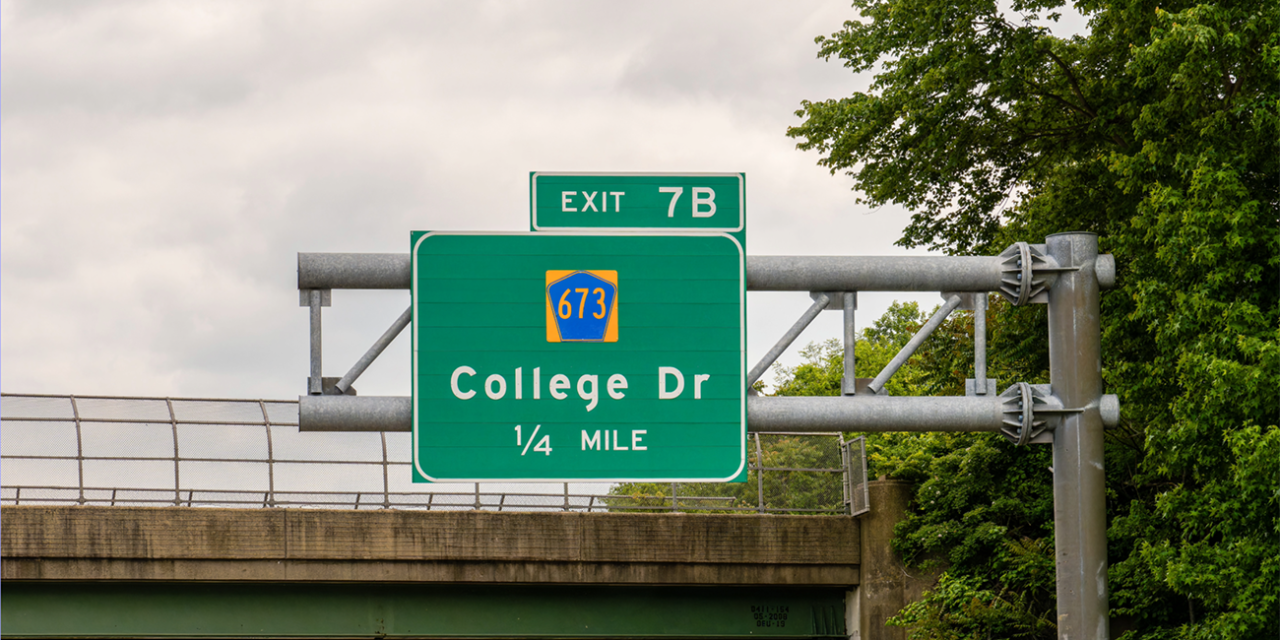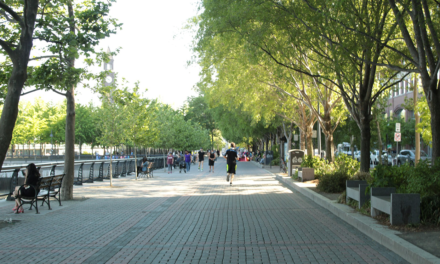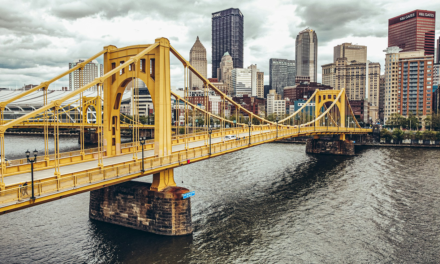Gloucester Township in Camden County, New Jersey, has a rich and diverse history that goes across centuries.
From its early beginnings in the colonial era to its development into a modern suburban area, the township’s history reflects significant cultural, economic, and social transformations.
Below, we delve into the fascinating history of Gloucester Township, covering its foundation, growth periods, and notable landmarks.
Table of Contents
Early History
Foundation and Settlement
Gloucester Township was established in 1695 by the New Jersey Legislature.
- Originally part of Old Gloucester County, it was named after the city of Gloucester in England.
- The Lenape Native Americans initially inhabited the area.
- European settlers, primarily of Dutch and English descent, began to populate the area in the late 17th century, drawn by the fertile land and strategic location.
This early settlement laid the foundation for a thriving agricultural community.
Colonial Period
Agriculture was the mainstay of Gloucester Township’s economy during the colonial period.
- The fertile soil was ideal for growing wheat, corn, and vegetables.
- Livestock farming was also prevalent, contributing to the township’s self-sufficiency.
The Revolutionary War impacted the township, with local militias participating in the fight for independence.
19th Century Development
Industrial Growth
In the 19th century, they brought industrial growth to Gloucester Township.
- Milling and manufacturing industries began to emerge.
- The introduction of railroads in the mid-19th century further spurred economic development, making transporting goods and people more efficient.
This period marked a shift from a purely agricultural economy to a more diversified industrial base.
Urbanization
With industrial growth came urbanization.
- The population increased, leading to the development of more communities within the township.
- Infrastructure such as schools, churches, and roads were built to accommodate the growing population.
Urbanization brought about significant changes in the township’s social and economic landscape.
20th Century and Modern Era
Suburbanization
The post-World War II era saw significant suburban growth in Gloucester Township.
- Many residential neighborhoods were developed as people moved out of urban areas in search of suburban living.
- Improvements in transportation and the construction of new housing developments facilitated this growth.
Suburbanization transformed Gloucester Township into a thriving suburban community.
Education and Culture
Investment in education and cultural facilities became a priority.
- Numerous schools, parks, and recreational facilities were established.
- The township also saw the growth of community organizations and cultural institutions.
These investments have helped build a strong sense of community and improve the quality of life for residents.
Economic Development
Modern Gloucester Township boasts a diversified economy.
- The retail, services, and light industry sectors play significant roles in the local economy.
- The township’s strategic location near major highways and urban centers has attracted businesses and residents alike.
Economic development efforts focus on sustainable growth and enhancing the local business environment.
Notable Landmarks
Gabreil Daveis Tavern Museum House
Built in 1756, the Gabreil Daveis Tavern served as a tavern and is now a museum.
- It is a significant and well-known historical site that offers insights into the township’s colonial past.
- The museum hosts different events and educational programs, preserving the history of Gloucester Township.
The Gabreil Daveis Tavern is a cherished landmark and a window into the township’s early history.
Chews Landing
One of the oldest communities within Gloucester Township, Chews Landing features historical buildings and landmarks from the 18th and 19th centuries.
- The area was crucial during the Revolutionary War and the township’s early industrial development.
Chews Landing remains a vibrant community with a rich historical heritage.
Governance
Municipal Structure
Gloucester Township operates under the Faulkner Act, which provides for a mayor-council form of government.
- This structure allows for efficient local governance and community engagement.
- The township government focuses on providing high-quality services to residents and promoting community well-being.
The governance model supports the township’s growth and development, meeting residents’ needs.
Demographics and Growth
Population
The township has seen consistent population growth over the decades.
- As of the 2018 census, Gloucester Township had a population of 63,884.
- The township’s population growth is supported by its attractive suburban environment and economic opportunities.
Diverse demographics and steady growth reflect Gloucester Township’s appeal as a place to live and work.
Gloucester Township’s history is a testament to its resilience and adaptability. It has evolved from a rural agricultural area to a dynamic suburban community. By preserving its historical landmarks and investing in the future, Gloucester Township continues to honor its past while looking forward to continued growth and development.
Gloucester Township Q&A
When was Gloucester Township established?
Gloucester Township was established in 1695 by the New Jersey Legislature. This makes it one of the oldest townships in the state, with a history that spans over three centuries.
Who were the original inhabitants of Gloucester Township?
The area was originally lived in and inhabited by the Lenape Native Americans. European settlers, primarily of Dutch and English descent, began to populate the area in the late 17th century.
What role did Gloucester Township play during the American Revolutionary War?
Local militias from Gloucester Township participated in the fight for independence during the American Revolutionary War. The township’s strategic location made it a significant area for movements between Philadelphia and New York.
How did Gloucester Township’s economy evolve in the 19th century?
In the 19th century, Gloucester Township’s economy transitioned from being primarily agricultural to more diversified with industrial growth. The introduction of railroads and the establishment of milling and manufacturing industries spurred economic development and urbanization.
What significant changes occurred in Gloucester Township post-World War II?
Post-World War II, Gloucester Township experienced significant suburban growth. Many residential neighborhoods were developed as people moved out of urban areas in search of suburban living. This period also saw investments in educational institutions and cultural facilities.
What are some notable historical landmarks in Gloucester Township?
Notable historical landmarks in Gloucester Township include the Gabreil Daveis Tavern Museum House and Chews Landing. The Gabreil Daveis Tavern, built in 1756, served as a tavern and is now a museum. Chews Landing features historical buildings and landmarks from the 18th and 19th centuries.
How is Gloucester Township governed?
Gloucester Township operates under the Faulkner Act, which provides for a mayor-council form of government. This structure allows for efficient local governance and community engagement.
What is the current population of Gloucester Township?
As of the 2022 census, Gloucester Township had a population of 63,884. The township’s strategic location and suburban environment contribute to its steady population growth.
Gloucester Township’s rich history and continuous development make it a vibrant and thriving community. By preserving its historical heritage and investing in future growth, the township remains a significant part of New Jersey’s history and modern landscape.





